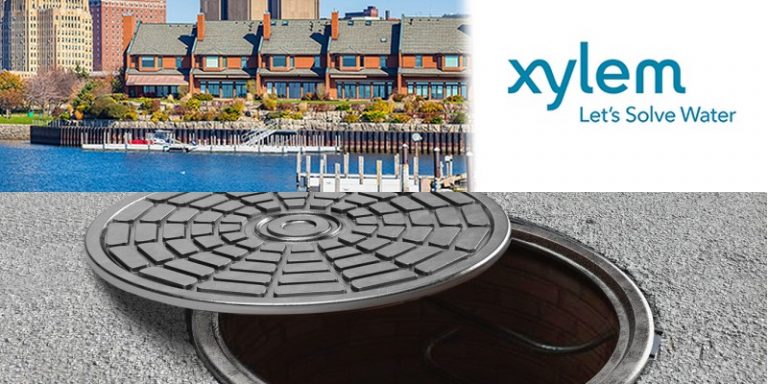
In Buffalo, in the state of New York in the United States, sewer backups are a major problem: nearly 7.5 billion litres of wastewater overflow each year. A significant volume that worries the municipality, which has demanded a decree to improve its collection system. The city decided to collaborate with Xylem, a company that designed the innovative BLU-X solution using artificial intelligence, which allows Buffalo to save several tens of millions of dollars.
A wastewater problem that requires a drastic solution
The architecture and development plans of Buffalo’s city planners during the 20th century did not facilitate the treatment of wastewater in the city. Thus, each year, nearly 7.5 billion litres of wastewater overflow and can unfortunately spill into the drinking water or even worse, create material damage on the surface, as the city’s combined sewer system is poorly designed.
In 2006, officials signed an executive order calling for improvements to Buffalo’s wastewater collection system, as the city’s sewer system is so flawed. A comprehensive watershed improvement plan was designed and appropriate infrastructure was devised.
However, it took several years of negotiations before this control plan was approved, for a total budget of  145 million. With the success of the strategy designed by Buffalo’s sewer managers to address shared sewer overflows, even more infrastructure savings could be realized in the future while meeting environmental, economic and water equity goals.
145 million. With the success of the strategy designed by Buffalo’s sewer managers to address shared sewer overflows, even more infrastructure savings could be realized in the future while meeting environmental, economic and water equity goals.
Translated from Cas d’usage : une solution innovante qui aide les villes à mieux gérer leur réseau unitaire d’assainissement









